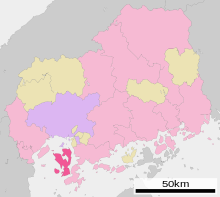Humanitarian aid workers belonging to United Nations organisations, PVOs / NGOs or the Red Cross / Red Crescent have traditionally enjoyed both international legal protection, and de facto immunity from attack by belligerent parties. However, attacks on humanitarian workers have occasionally occurred, and became more frequent since the 1990s and 2000s. In 2017, the Aid Worker Security Database (AWSD) documented 139 humanitarian workers killed in intentional attacks out of the estimated global population of 569,700 workers. In every year since 2013, more than 100 humanitarian workers were killed. This is attributed to a number of factors, including the increasing number of humanitarian workers deployed, the increasingly unstable environments in which they work, and the erosion of the perception of neutrality and independence. In 2012 road travel was seen to be the most dangerous context, with kidnappings of aid workers quadrupling in the last decade, reaching more aid workers victims than any other form of attack.
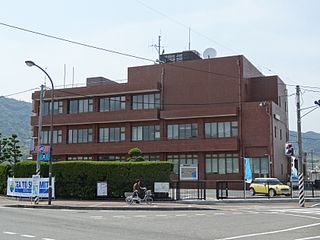
Etajima is a city located on the island of Etajima in Hiroshima Bay in southwestern Hiroshima Prefecture, Japan.

The 2005 Bali bombings were a series of terrorist suicide bomb and a series of car bombs and attacks that occurred on 1 October 2005, in Bali, Indonesia. Bombs exploded at two sites in Jimbaran Beach Resort and in Kuta 30 km (19 mi) away, both in south Bali. The terrorist attack claimed the lives of 20 people and injured more than 100 others. The three bombers also died in the attacks.

The May Thirtieth Movement was a major labor and anti-imperialist movement during the middle-period of the Republic of China era. It began when the Shanghai Municipal Police opened fire on Chinese protesters in Shanghai's International Settlement on May 30, 1925. The shootings sparked international censure and nationwide anti-foreign demonstrations and riots.

The Battle of Edson's Ridge, also known as the Battle of the Bloody Ridge, Battle of Raiders Ridge, and Battle of the Ridge, was a land battle of the Pacific campaign of World War II between Imperial Japanese Army and Allied ground forces. It took place from 12–14 September 1942, on Guadalcanal in the Solomon Islands, and was the second of three separate major Japanese ground offensives during the Guadalcanal campaign.

The United States detonated two atomic bombs over the Japanese cities of Hiroshima and Nagasaki on 6 and 9 August 1945, respectively. The two bombings killed between 129,000 and 226,000 people, most of whom were civilians, and remain the only use of nuclear weapons in armed conflict.
The Shaoguan incident was a civil disturbance which took place overnight on 25/26 June 2009 in Guangdong, China. A violent dispute erupted between migrant Uyghurs and Han Chinese workers at a toy factory in Shaoguan as a result of false allegations of the sexual assault of a Han Chinese woman. Groups of Han Chinese set upon Uyghur co-workers, leading to at least two Uyghurs being violently killed by angry Han Chinese men, and some 118 people injured, most of them Uyghurs.

Legend of the Fist: The Return of Chen Zhen is a 2010 Hong Kong martial arts superhero film directed by Andrew Lau, who produced with Gordon Chan, who also wrote the screenplay with Cheung Chi-shing, Philip Lui and Frankie Tam. The film stars Donnie Yen as Chen Zhen, a role made famous by Bruce Lee in the 1972 film Fist of Fury. The film is a sequel to the 1994 film Fist of Legend, which starred Jet Li as Chen Zhen. Principal photography for Legend of the Fist: The Return of Chen Zhen began in November 2009 and ended in early February 2010; shooting took place in Shanghai, China. The film was shown out of competition during the opening night of the 67th Venice International Film Festival, and 2010 Toronto International Film Festival. The film was released in Chinese theatres on 21 September 2010 and two days later in Hong Kong on 23 September 2010.
A series of uncoordinated mass stabbings, hammer attacks, and cleaver attacks in the People's Republic of China began in March 2010. The spate of attacks left at least 90 dead and some 473 injured. As most cases had no known motive, analysts have blamed mental health problems caused by rapid social change for the rise in these kinds of mass murder and murder-suicide incidents.

The Shimonoseki Station massacre was a mass murder that occurred in Shimonoseki, Japan on 29 September 1999. Yasuaki Uwabe, a 35-year-old former architect, drove a car into Shimonoseki Station and then stabbed passers-by at random, killing five people and injuring 10 others, before being arrested at the scene. Uwabe was sentenced to death in 2002 and executed in 2012.
From late 2011 to 2014, Kenya experienced an upsurge in violent terrorist attacks. Kenyan government officials asserted that many of the murders and blasts were carried out by al-Shabaab in retaliation for Operation Linda Nchi, a coordinated military mission between the Somalian military and Kenyan military that began in October 2011, when troops from Kenya crossed the border into the conflict zones of southern Somalia. According to Kenyan security experts, the bulk of the attacks were increasingly carried out by radicalized Kenyan youth who were hired for the purpose. Kenya security officials also indicated that they were part of death squads, which carried out many of the killings under the orders of a government security council. By mid-2014, the cumulative attacks began affecting Kenya's tourism industry, as Western nations issued travel warnings to their citizens.
Many terrorist attacks have occurred in Kenya during the 20th and 21st centuries. In 1980, the Jewish-owned Norfolk hotel was attacked by the Palestine Liberation Organization (PLO). In 1998, the US embassy was bombed in Nairobi, as was the Israeli-owned Paradise hotel in 2002 in Mombasa. In 2013, the Somali jihadist group al-Shabaab killed 67 people at Nairobi's Westgate Shopping Mall. There have also been many other attacks.
This is a list of terrorist incidents in Pakistan in 2013. Some of the incidents are sectarian in nature and the TTP is responsible for a majority of them.
Events in the year 2014 in China.
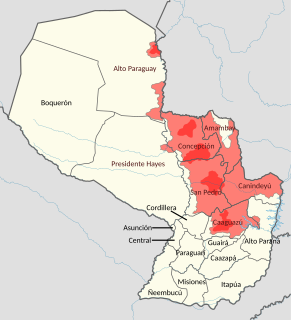
The insurgency in Paraguay, also known as the Paraguayan People’s Army insurgency and the EPP rebellion, is an ongoing low-level armed conflict in northeastern Paraguay. Between 2005 and the summer of 2014, the ongoing EPP campaign has resulted in at least 50 deaths in total, the majority of them being local ranchers, private security guards and police officers, along with several insurgents. During that same period the group perpetrated 28 kidnappings for ransom and a total of 85 "violent acts".
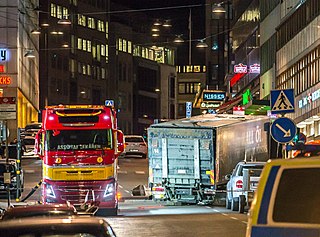
A vehicle-ramming attack is an assault in which a perpetrator deliberately rams a vehicle into a building, crowd of people, or another vehicle. According to Stratfor Global Intelligence analysts, this attack represents a relatively new militant tactic which could prove more difficult to prevent than suicide bombings.
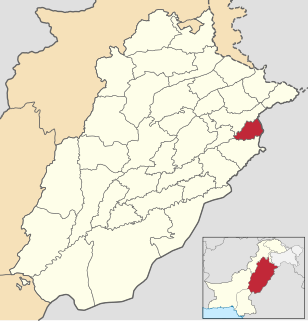
On 15 March 2015, two explosions took place at Roman Catholic Church and Christ Church during Sunday service in Youhanabad, Lahore, Pakistan. At least 15 people were killed and seventy were wounded in the attacks.
Sunao Tsuboi was a Japanese anti-nuclear, anti-war activist, and teacher. He was a hibakusha, a survivor of the atomic bombing of Hiroshima, and was the co-chair of Nihon Hidankyo, a Japan-wide organisation of atomic and hydrogen bomb sufferers. He was awarded the Kiyoshi Tanimoto peace prize in 2011.
